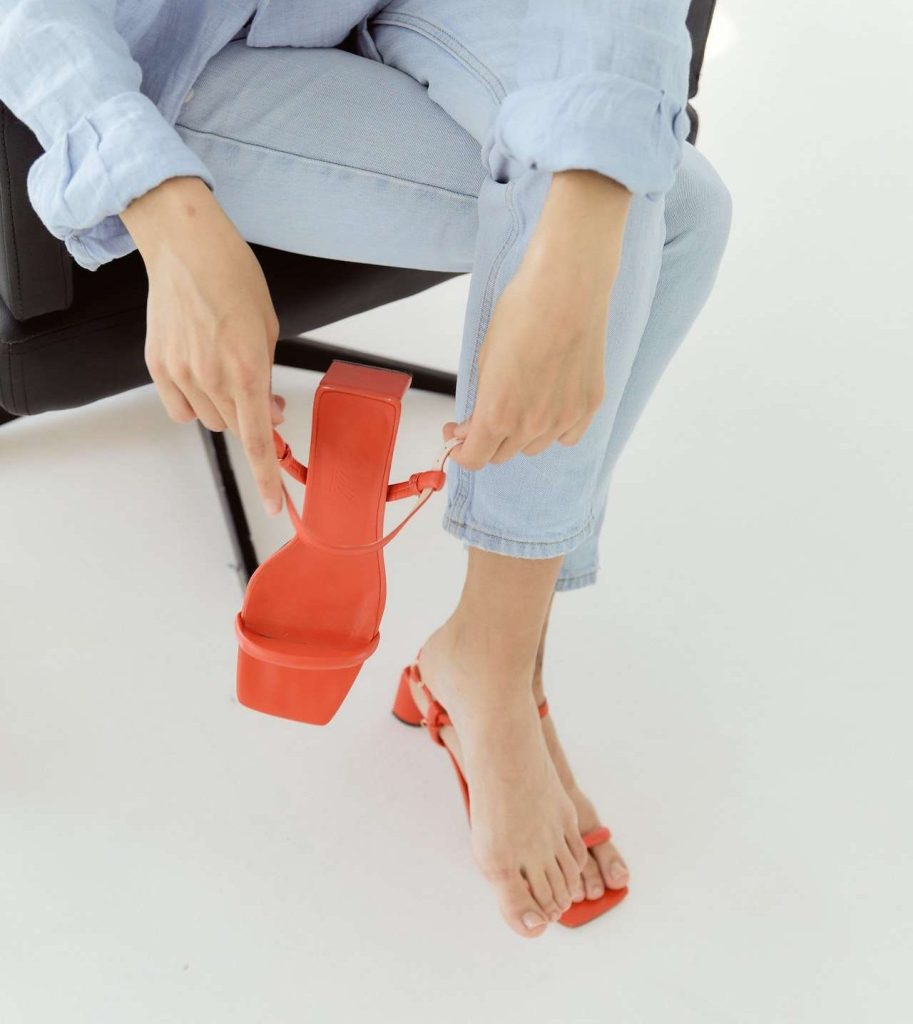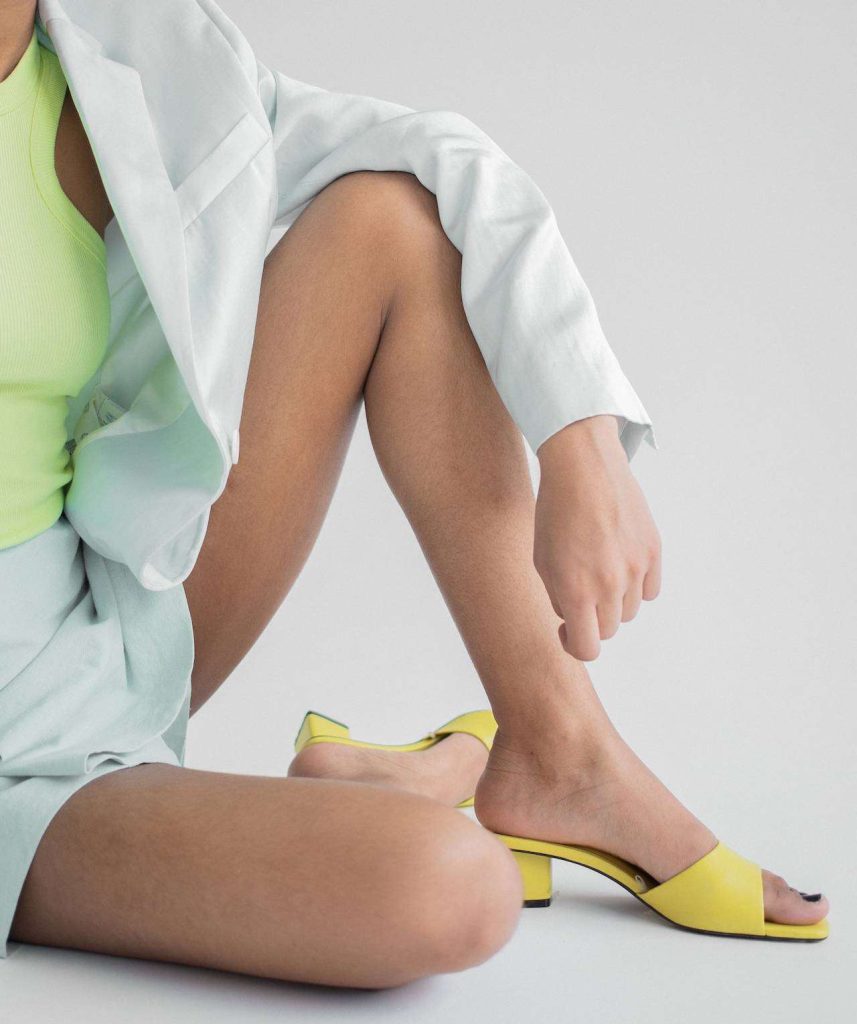When it comes to footwear, sandals are a versatile and beloved choice for many. Whether you’re gearing up for a tropical vacation, a casual day out, or simply looking to add a touch of style and comfort to your wardrobe, sandals have got you covered. However, there’s one aspect of sandal shopping that can be a bit perplexing: finding the right size. In this comprehensive guide, we will delve into the world of sandal sizes, answering common questions like “How do I know my sandal size?” and “Should sandals be true to size?” as well as providing expert tips on selecting the perfect fit.
How Do I Know My Sandal Size?
Knowing your sandal size is the first step to ensuring a comfortable and enjoyable walking experience. Fortunately, determining your sandal size is not a complex task. Here’s a step-by-step guide to help you find your perfect fit:
- Measure Your Foot: Start by measuring your foot’s length. Use a ruler or a foot measuring device to get an accurate measurement. Place your foot on a flat surface and measure from the tip of your longest toe (usually the big toe) to the back of your heel. Make sure to measure both feet, as they may not be the exact same length.
- Consider Width: In addition to length, consider the width of your feet. Sandals come in various width options, such as narrow, regular, and wide. If you have wider feet, you may want to choose a sandal with a wider width to ensure comfort.
- Refer to our Size Chart below: Once you have your measurements, consult our sandal size chart below or a brand-specific one provided by the manufacturer. Each brand may have slightly different sizing, so it’s crucial to use their size chart as a reference.
- Try Them On: If possible, try on the sandals in-store before making a purchase. This will give you a real-world feel for how they fit and whether they provide the necessary comfort and support.
- Read Reviews: Online reviews and customer feedback can be valuable sources of information. They provide insights into whether a particular sandal style runs true to size or if adjustments need to be made.
- Consider Arch Support: If you have specific foot conditions, such as flat feet or high arches, you may want to look for sandals with built-in arch support or consider adding orthotic insoles for added comfort.
Sandel size chart
| US Size | EU Size | Foot Length (inches) | Foot Length (centimeters) |
|---|---|---|---|
| 5 | 35-36 | 8.5″ – 8.75″ | 21.6 cm – 22.2 cm |
| 6 | 36-37 | 8.875″ – 9.125″ | 22.5 cm – 23.2 cm |
| 7 | 37-38 | 9.25″ – 9.5″ | 23.5 cm – 24.1 cm |
| 8 | 38-39 | 9.625″ – 9.875″ | 24.4 cm – 25.1 cm |
| 9 | 39-40 | 10″ – 10.25″ | 25.4 cm – 26.0 cm |
| 10 | 40-41 | 10.375″ – 10.625″ | 26.4 cm – 27.0 cm |
| 11 | 41-42 | 10.75″ – 11″ | 27.3 cm – 27.9 cm |
| 12 | 42-43 | 11.125″ – 11.375″ | 28.3 cm – 28.9 cm |
What means M or W behind the number?
In sandal sizes, “M” and “W” stand for “Medium” and “Wide,” respectively, and they indicate the width or width options available for that particular sandal style. The width of a sandal is an important factor in determining how comfortably it will fit your foot, especially if you have wider or narrower feet.
Here’s what each of these width options typically means:
- M (Medium): Sandals labeled as “M” or “Medium” typically represent the standard or regular width. This width is designed to accommodate the average foot width. If you have a typical foot width and don’t require extra room, “M” or “Medium” should work well for you.
- W (Wide): Sandals labeled as “W” or “Wide” are designed to provide extra width and space for individuals with wider feet or those who prefer a more relaxed fit. If you find that standard-width sandals feel too tight or uncomfortable, opting for “W” or “Wide” options can offer a more comfortable and secure fit.
It’s important to note that not all sandal styles and brands offer wide-width options, and the availability of width choices can vary. When shopping for sandals, especially if you have specific width requirements, it’s a good idea to check the product descriptions and size options provided by the manufacturer to ensure you select the width that suits your feet best.

How to choose your sandal size?
Selecting the right sandal size goes beyond merely matching your foot length to a chart. Here are some additional tips to help you choose the perfect size:
- Toe Space: Your toes should have some room to wiggle comfortably within the sandal. Aim for about a half-inch of space between your longest toe and the front of the sandal.
- Heel Fit: The sandal should cradle your heel snugly without allowing it to slide up and down as you walk. A secure heel fit prevents blisters and discomfort.
- Width Matters: As mentioned earlier, pay attention to width options if you have wider or narrower feet. A sandal that is too narrow can cause discomfort, while one that is too wide may not provide adequate support.
- Consider the Style: Different sandal styles may have different fit requirements. For example, flip-flops often have a looser fit, while strappy sandals may require a more precise fit due to their design.
- Sock Compatibility: If you plan to wear socks with your sandals (which can be a trendy choice), make sure to account for the extra space they will occupy. You may need to size up slightly.
Is my sandal the same as my shoe size?
Not necessarily. Sandal sizing can vary between brands and even between different styles from the same brand. Unlike closed-toe shoes, which provide more structure and can conform to your foot, sandals often have open designs and may follow a different sizing convention. Therefore, it’s crucial to rely on the manufacturer’s size chart and fit recommendations for each specific sandal style you consider. Big brands like Crocs have there own fit.
Are they true to size?
Yes, sandals are true to their size in 95% of cases. For many individuals, purchasing sandals in their regular shoe size works perfectly fine. This is often the case with brands that offer standard sizing for their sandals. If the manufacturer’s size chart suggests sticking with your usual size, it’s a safe bet.

Should you buy sandals a size bigger or smaller?
The decision to buy sandals a size bigger or smaller than your usual shoe size depends on several factors. If in doubt, take a size that is slightly larger, so that your foot has a little more room. Here are some other guidelines to consider:
- Going Bigger: Some individuals prefer to size up when buying sandals, especially if they are between sizes. This can provide extra room for comfort and prevent the toes from touching the edge of the sandal. It’s a popular choice for people with wider feet or those who value a more relaxed fit.
- Sizing Down: Sizing down is less common but may be necessary if the sandal tends to run larger or if you have narrow feet. However, this approach can be riskier, so it’s essential to check the manufacturer’s recommendations and read customer reviews for guidance.
- Consider Half Sizes: If you’re in between sizes, consider selecting the half size closest to your usual shoe size. This can help you achieve a better fit without having to go significantly larger or smaller.
- Account for Socks: If you plan to wear socks with your sandals, remember to factor in the added thickness of the socks when determining your size. In this case, sizing up slightly may be a good idea.
Does 0.5 make a difference?
Yes, a 0.5 shoe size difference can make a significant impact on comfort and fit, especially when it comes to sandals. Here’s why it matters:
- Toe Comfort: A half size difference can affect the amount of space your toes have inside the sandal. Going up by half a size can provide more room, preventing your toes from feeling cramped and reducing the risk of blisters or discomfort.
- Heel Fit: A 0.5 size difference can also affect how well the sandal secures your heel. Going up in size may lead to a looser heel fit, while sizing down could result in a tighter fit. It’s essential to find the balance that provides a secure but comfortable feel.
- Arch Support: Sandals with built-in arch support may require a specific size to ensure that the arch support aligns correctly with your foot’s arch. Choosing the right size is crucial for optimal support and comfort.
- Overall Comfort: Ultimately, the right fit can greatly impact your overall comfort and enjoyment when wearing sandals. It can determine whether you can comfortably walk long distances or spend extended periods on your feet without discomfort.

Should I size up or down for sandal heels?
Sandal heels, also known as dress sandals or high-heeled sandals, present a unique set of challenges when it comes to sizing. Here are some considerations:
- Arch Support: Sandal heels often feature higher arches and less foot coverage. This design can affect fit and comfort, so it’s crucial to select a size that provides proper arch support and cushioning.
- Heel Fit: Pay close attention to the fit around the heel area when trying on sandal heels. Your heel should sit securely in the heel cup without slipping or rubbing against the shoe.
- Toe Space: Ensure that your toes have enough room to move comfortably without being cramped. Just like with flat sandals, aim for about a half-inch of space between your longest toe and the front of the sandal.
- Consider Half Sizes: Sandal heels may be available in half sizes, so if you’re in between sizes, consider trying both to see which offers a better fit.
- Brand and Style Variations: Keep in mind that different brands and styles of sandal heels may have varying fit characteristics. Be open to trying different options to find the one that suits your foot shape and comfort preferences.
Conclusion
In conclusion, finding the perfect sandal size is not a one-size-fits-all endeavor. It involves measuring your feet, consulting the manufacturer’s size chart, considering your foot width, and factoring in style-specific characteristics. While some may prefer a slightly larger or smaller size for added comfort, it’s essential to prioritize a secure fit that provides the necessary support and prevents discomfort. Remember that the right sandal size can make a world of difference in your overall walking experience, so take the time to find the perfect fit for you.

